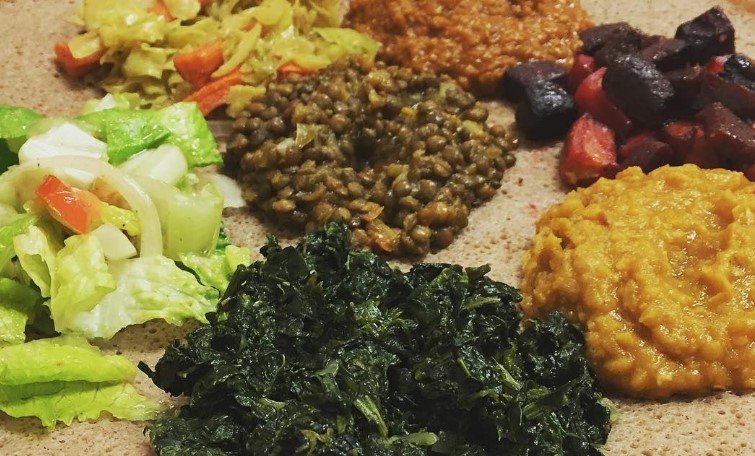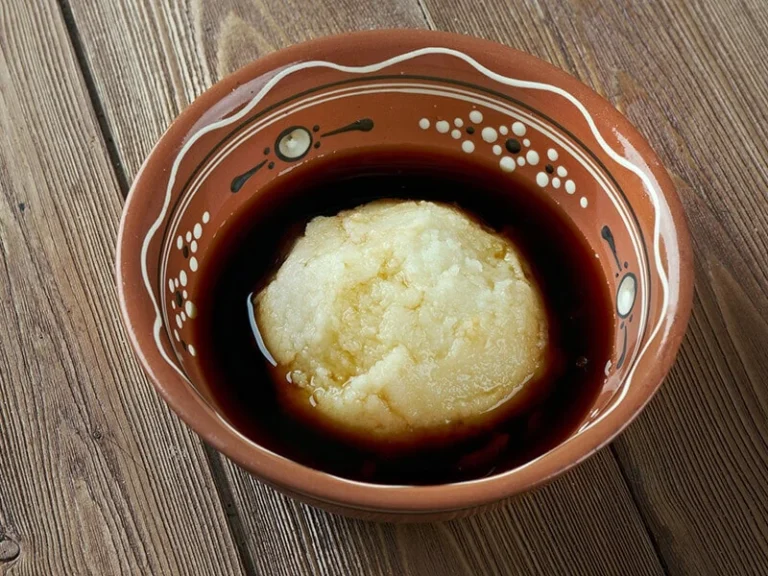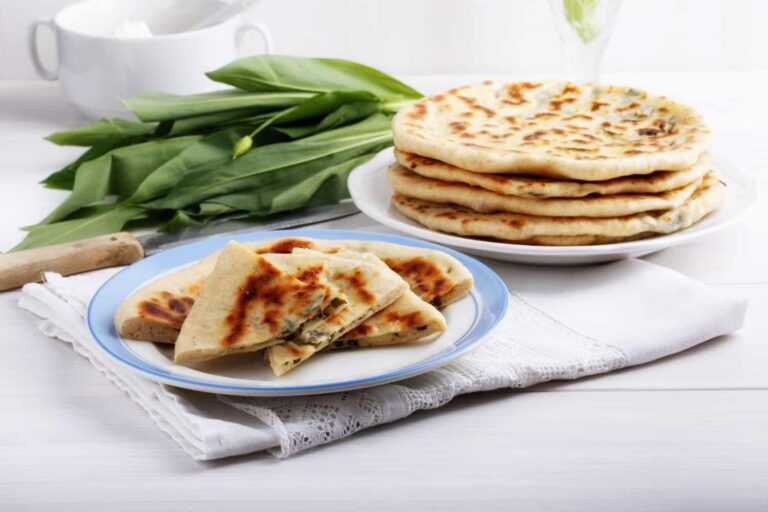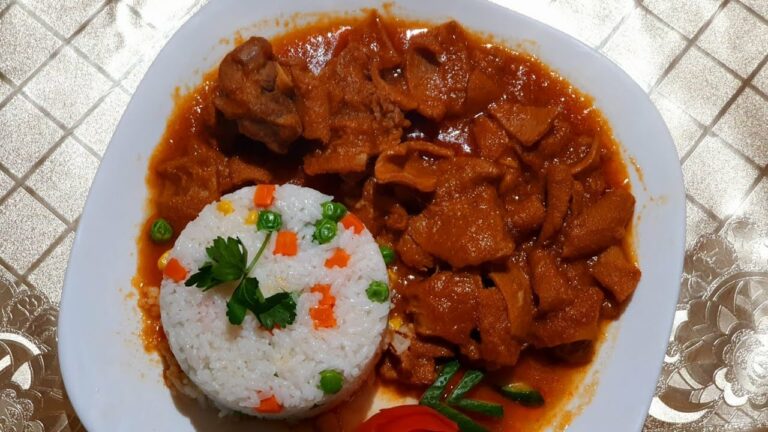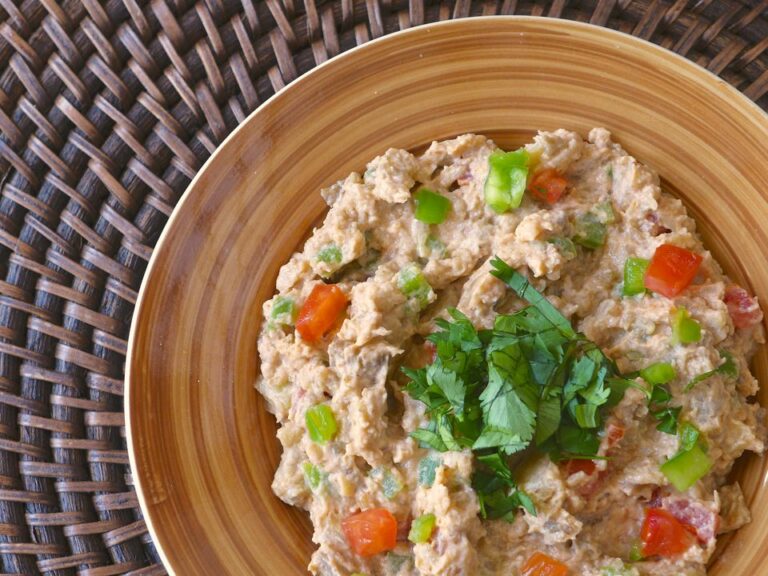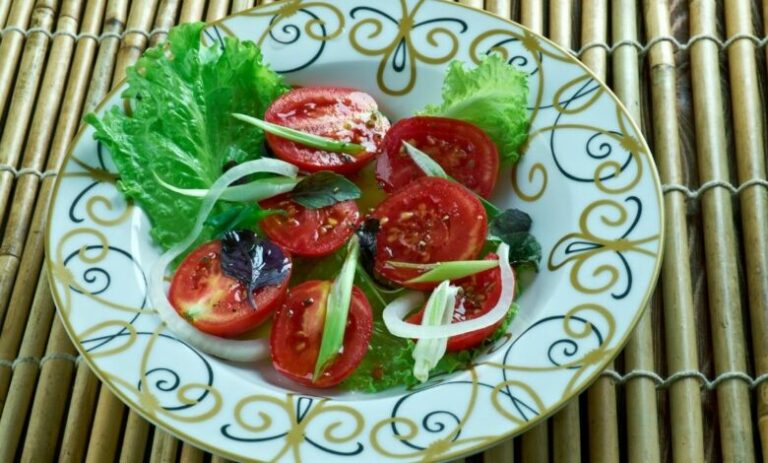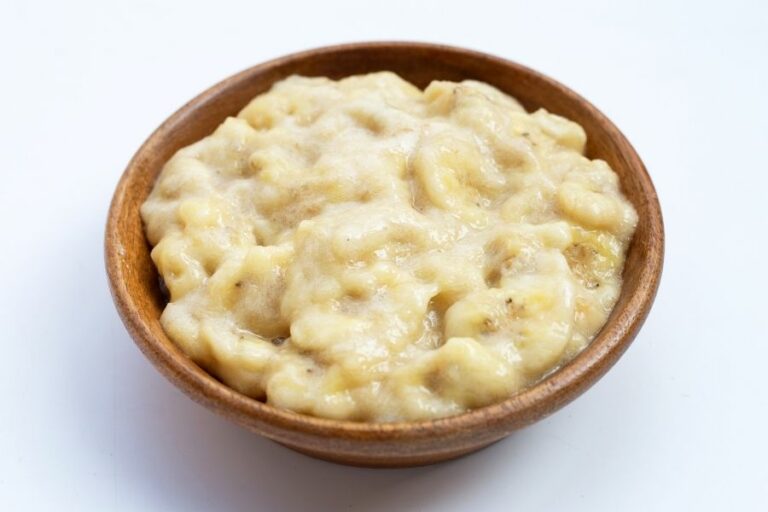Introduction
South Sudanese cuisine is known for its rich and flavorful dishes that are usually accompanied by a variety of condiments and sauces. These condiments and sauces add depth and complexity to South Sudanese dishes, enhancing their taste and aroma. In this article, we will explore some of the most popular South Sudanese condiments and sauces used in dishes.
Peanut Sauce
Peanut sauce is a staple condiment in South Sudanese cuisine. It is made from ground peanuts, water, and a blend of spices such as ginger, garlic, and cumin. Peanut sauce is usually served with stews, vegetable dishes, and meat dishes. It adds a nutty flavor and creaminess to dishes, making them more satisfying and flavorful.
Hot Sauce
Hot sauce, also known as shito, is a spicy condiment that is made from a blend of chili peppers, ginger, garlic, and other spices. It has a bold and fiery flavor that adds a kick to any dish it is served with. Hot sauce is usually served with grilled meats, rice dishes, and stews. It is also used as a dipping sauce for snacks like plantains and yams.
Tomato Sauce
Tomato sauce is a versatile condiment that is used in many South Sudanese dishes. It is made from tomatoes, onions, and a blend of spices such as thyme and bay leaves. Tomato sauce is usually served with rice dishes, stews, and meat dishes. It adds a sweet and tangy flavor to dishes, making them more appetizing and flavorful.
Fish Sauce
Fish sauce is a pungent condiment that is made from fermented fish. It is a common condiment in South Sudanese cuisine, especially in the coastal regions. Fish sauce is usually served with seafood dishes, rice dishes, and stews. It adds a salty and savory flavor to dishes, enhancing their taste and aroma.
Coconut Milk Sauce
Coconut milk sauce is a creamy and sweet condiment that is made from coconut milk and a blend of spices such as turmeric, ginger, and garlic. It is usually served with rice dishes, vegetable dishes, and meat dishes. Coconut milk sauce adds a tropical flavor and aroma to dishes, making them more exotic and flavorful.
In conclusion, South Sudanese condiments and sauces play an essential role in enhancing the flavor and aroma of dishes. Peanut sauce, hot sauce, tomato sauce, fish sauce, and coconut milk sauce are some of the most popular condiments and sauces used in South Sudanese cuisine. These condiments and sauces add depth and complexity to dishes, making them more satisfying, appetizing, and flavorful.

